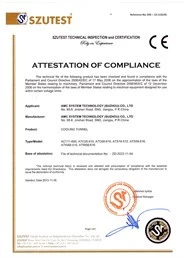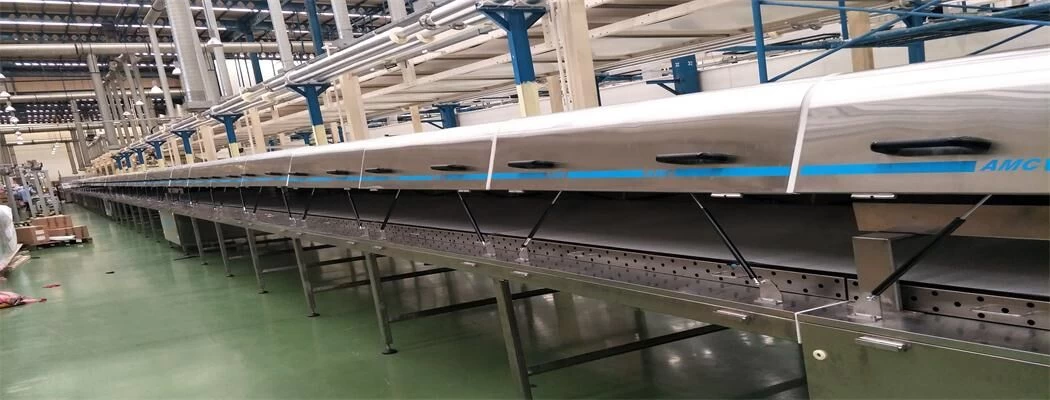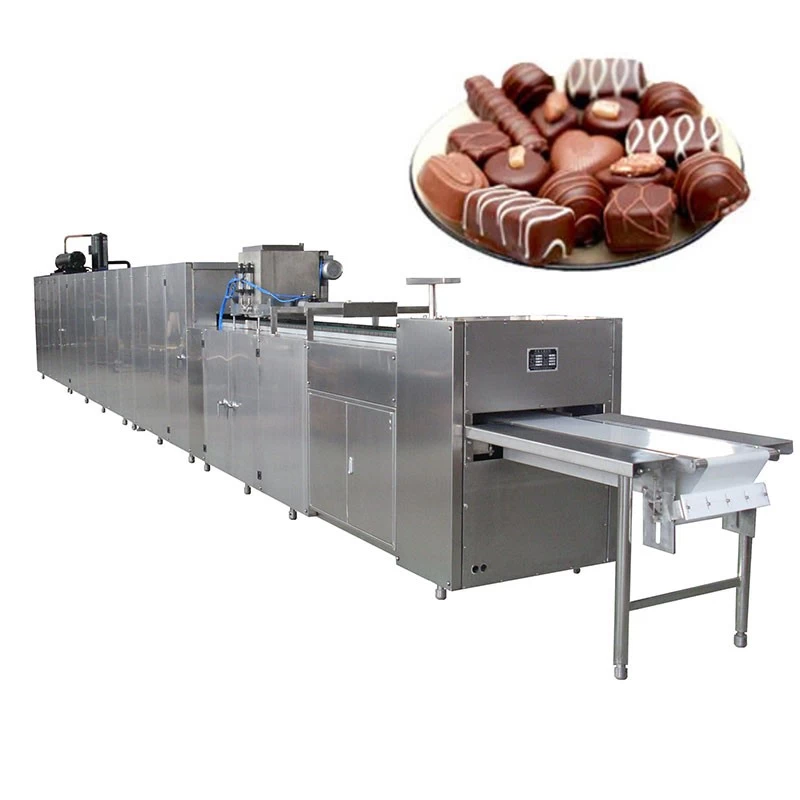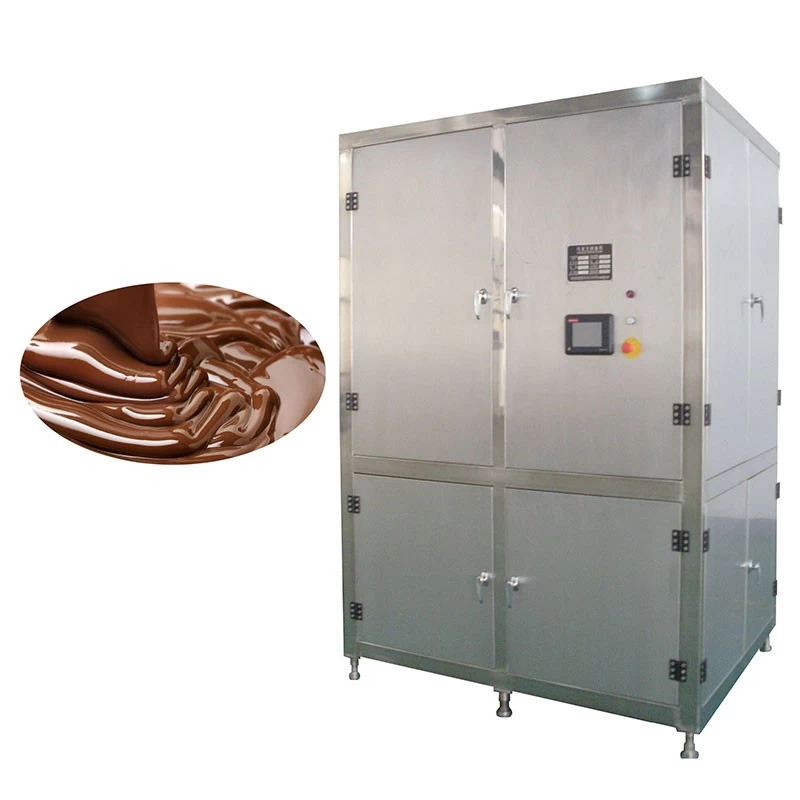The basic components of industrial refrigerating machines
AMC
AMC
2016-03-10 11:30:41
Industrial freezers use more widely known industrial refrigerating machine is able to provide constant temperature and constant pressure, constant flow of chilled water and refrigeration equipment, to cool the refrigeration equipment or products. Industrial refrigerating machines consist of those parts do? Are described in detail in this paper.
Industrial refrigerating machine shown in the basic composition is as follows:
Compressor: the compressor is a key part of the entire refrigeration system, refrigerant compression power source. It is the role of the input electrical energy into mechanical energy, compressing the refrigerant.
Condenser: the condenser in the refrigeration process heat and allows the refrigerant to condense the output. Discharged from the compressor high pressure superheated steam after entering the condenser will absorb all the heat its work, including from the evaporator and compressor and absorption of heat in the pipe is passed to the surrounding medium (air or water) taken away; high-pressure superheated refrigerant vapor condenses back into a liquid. (Based on different ways of cooling medium and cooling, condensers can be divided into three categories: water cooled condensers, air cooled condenser, evaporative condensers. )
Liquid storage: after the liquid receiver installed in the condenser, condenser drain pipe is directly connected. Liquid refrigerant condenser should be within the unimpeded inflow of liquid receiver, so you can take full advantage of the cooling surface of the condenser. The other hand, when the evaporator's heat load changes, the liquid refrigerant requirements also change, at that time, liquid receiver will play a role in dispensing and storage of refrigerant. For small refrigeration systems, often without tank, but by dispensing and storage of refrigerant in condenser.
Dry filter: to prevent moisture and dirt in the refrigeration cycle (oil, scrap iron, copper), enter, water the main source of added refrigerant and trace moisture contained lubricant, or because of the maintenance systems of air into the water. If the water in the system is not completely removed when coolant through the throttle valve (thermal expansion valve or capillary tube), because of lower pressure and temperature of water sometimes branch into ice, so blocked, affecting the normal operation of the refrigeration unit. Therefore, dry filter must be installed in the cooling system.
Thermostatic expansion valves: thermostatic expansion valve in refrigeration systems both flow to the control valve, the throttle valve in the refrigeration equipment, refrigeration equipment installed in between the dry filter and evaporator, its temperature is wrapped at the evaporator outlet. Its main role is to make high pressure-temperature refrigerant liquid flows through the throttle when the thermostatic expansion valve, low temperature and low pressure refrigerant wet steam (mostly liquid, small steam) into the evaporator, vaporized in the evaporator heat and refrigeration cooling purposes.
Evaporator: evaporator relies on the evaporation of the liquid refrigerant (which is actually boiling) to absorb heat by cooling medium of heat equipment. Its function is to absorb heat in the cooling system (or output capacity). In order to ensure that the evaporation process stable, you must continue to use gas refrigeration compressor will evaporate away, in order to maintain a certain degree of evaporating pressure.
Refrigerant: in modern industrial use in most industrial chillers use R22 or R12 as refrigerant. Refrigerant flow of refrigerant in the cooling system, it's main function is to carry heat, and implementation when the state changes endothermic and exothermic.
Water cycle: water recycling system is made up of pumping water out of a tank to the user required cooling device, chilled water temperature after the heat away, go back to the chilled water tank.
Electrical control system: electrical control system including power supply and the control segments. Power partly through contactor, compressor, fans, pumps and other power supply. Automatic control section includes pressure protection, thermostat, timer, relay, overload protection in combination with each other to achieve starts and stops automatically according to water temperature, protection, etc.
Industrial chillers and water cooling equipment is completely different because chiller refrigeration system with completely independent, will not be affected by temperature and environmental implications, water temperature is 5 ° c ~30 temperature range control, which will achieve the goal of high precision and high efficiency control of temperature. Chillers with separate water circulation, chiller water recycling can save water.
Industrial refrigerating machine shown in the basic composition is as follows:
Compressor: the compressor is a key part of the entire refrigeration system, refrigerant compression power source. It is the role of the input electrical energy into mechanical energy, compressing the refrigerant.
Condenser: the condenser in the refrigeration process heat and allows the refrigerant to condense the output. Discharged from the compressor high pressure superheated steam after entering the condenser will absorb all the heat its work, including from the evaporator and compressor and absorption of heat in the pipe is passed to the surrounding medium (air or water) taken away; high-pressure superheated refrigerant vapor condenses back into a liquid. (Based on different ways of cooling medium and cooling, condensers can be divided into three categories: water cooled condensers, air cooled condenser, evaporative condensers. )
Liquid storage: after the liquid receiver installed in the condenser, condenser drain pipe is directly connected. Liquid refrigerant condenser should be within the unimpeded inflow of liquid receiver, so you can take full advantage of the cooling surface of the condenser. The other hand, when the evaporator's heat load changes, the liquid refrigerant requirements also change, at that time, liquid receiver will play a role in dispensing and storage of refrigerant. For small refrigeration systems, often without tank, but by dispensing and storage of refrigerant in condenser.
Dry filter: to prevent moisture and dirt in the refrigeration cycle (oil, scrap iron, copper), enter, water the main source of added refrigerant and trace moisture contained lubricant, or because of the maintenance systems of air into the water. If the water in the system is not completely removed when coolant through the throttle valve (thermal expansion valve or capillary tube), because of lower pressure and temperature of water sometimes branch into ice, so blocked, affecting the normal operation of the refrigeration unit. Therefore, dry filter must be installed in the cooling system.
Thermostatic expansion valves: thermostatic expansion valve in refrigeration systems both flow to the control valve, the throttle valve in the refrigeration equipment, refrigeration equipment installed in between the dry filter and evaporator, its temperature is wrapped at the evaporator outlet. Its main role is to make high pressure-temperature refrigerant liquid flows through the throttle when the thermostatic expansion valve, low temperature and low pressure refrigerant wet steam (mostly liquid, small steam) into the evaporator, vaporized in the evaporator heat and refrigeration cooling purposes.
Evaporator: evaporator relies on the evaporation of the liquid refrigerant (which is actually boiling) to absorb heat by cooling medium of heat equipment. Its function is to absorb heat in the cooling system (or output capacity). In order to ensure that the evaporation process stable, you must continue to use gas refrigeration compressor will evaporate away, in order to maintain a certain degree of evaporating pressure.
Refrigerant: in modern industrial use in most industrial chillers use R22 or R12 as refrigerant. Refrigerant flow of refrigerant in the cooling system, it's main function is to carry heat, and implementation when the state changes endothermic and exothermic.
Water cycle: water recycling system is made up of pumping water out of a tank to the user required cooling device, chilled water temperature after the heat away, go back to the chilled water tank.
Electrical control system: electrical control system including power supply and the control segments. Power partly through contactor, compressor, fans, pumps and other power supply. Automatic control section includes pressure protection, thermostat, timer, relay, overload protection in combination with each other to achieve starts and stops automatically according to water temperature, protection, etc.
Industrial chillers and water cooling equipment is completely different because chiller refrigeration system with completely independent, will not be affected by temperature and environmental implications, water temperature is 5 ° c ~30 temperature range control, which will achieve the goal of high precision and high efficiency control of temperature. Chillers with separate water circulation, chiller water recycling can save water.




















